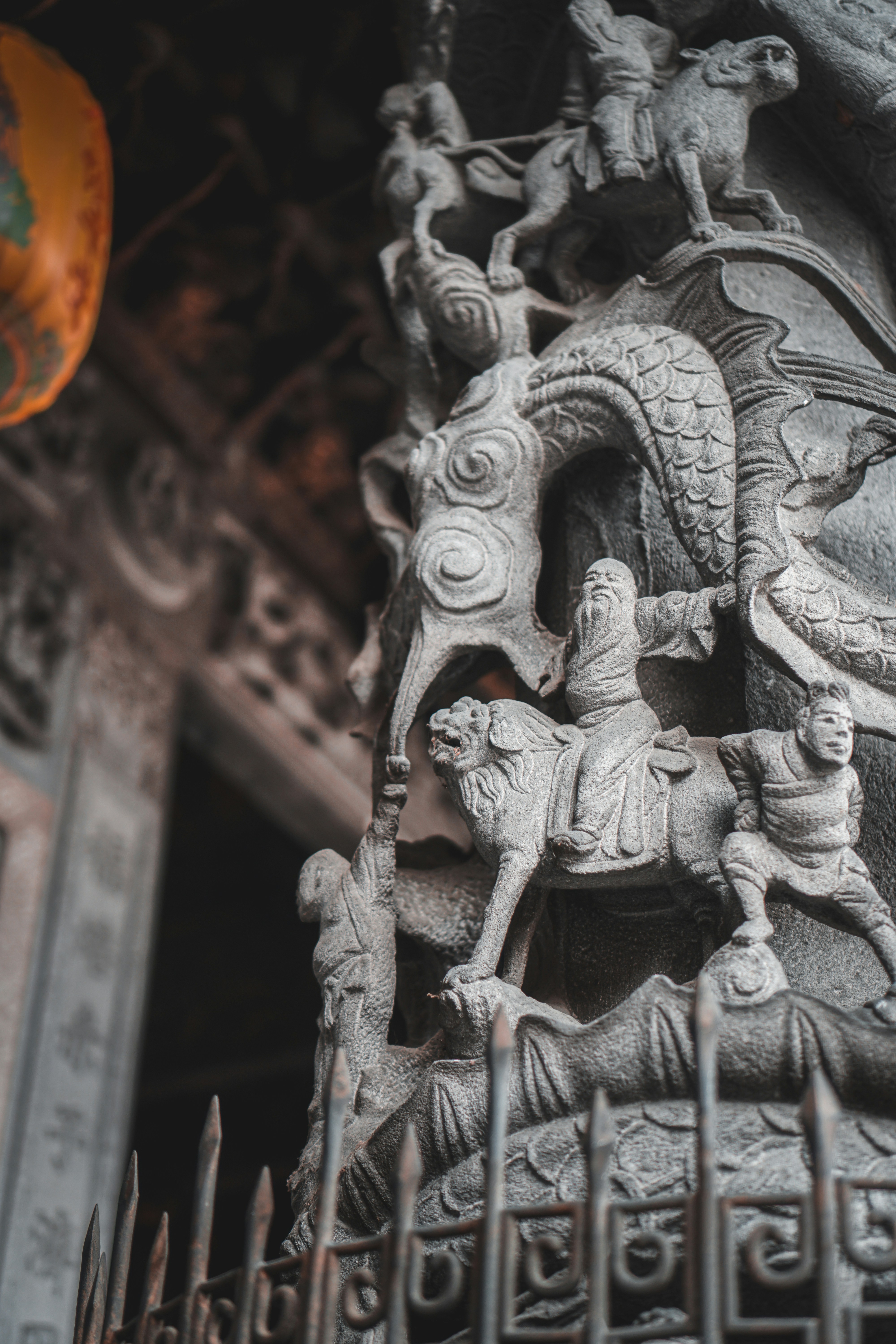- At Family Stories, we provide a unique opportunity for families of the Chinese Diaspora to preserve their immigrant experiences. This is a space where family members interview one another, ensuring that the narrative of their family’s journey remains authentic and firmly in their hands. It’s a place where families take control of their own stories, creating a lasting legacy for future generations.
- Our Story of doing Oral History started in 2009 with a PBL (Project Based Learning) program of the small projects in Western China.
- Teachers guided students to interview their elders in rural western part of China. See Student HUANG’s story.
Student Huang
Student Huang was a high school student from a rural county in western China. Under the guidance of her teacher, Mr. Tian, she conducted interviews with her grandmothers, who had lived through extreme poverty and a period of famine at their county, where many people perished. The grandmother, with her courage, kindness, and hard work, pulled herself and two children, and even a sister, neighbors, back from the brink of starvation and death during the turmoil in the middle of the 20th century. In her report, Huang vividly documented her grandmothers’ experiences, offering a poignant glimpse into that unforgettable era.
“If we overlook the stories and emotions of everyday people, the true essence of history will be lost. The elders carry with them lived experiences that are vibrant and closest to the truth. This authenticity and richness are preserved and passed down through the oral traditions of our ancestors, which deeply inspired me. It sparked a desire within me to take action. So, I began to ask questions, to gather stories, and document them.”
But, what was equally impressive is the following quote from her report:
如果我们忽视普通人的经历与感受,就无法真正了解历史真相。长辈们经历的那些鲜活的历史是最真实的、最接近真相的。这些真实与丰富的历史通过我们祖先的口述传统得以保存和传承,深深地激励着我,激发了我采取行动的渴望。所以,我开始提问,收集故事,并记录下来。
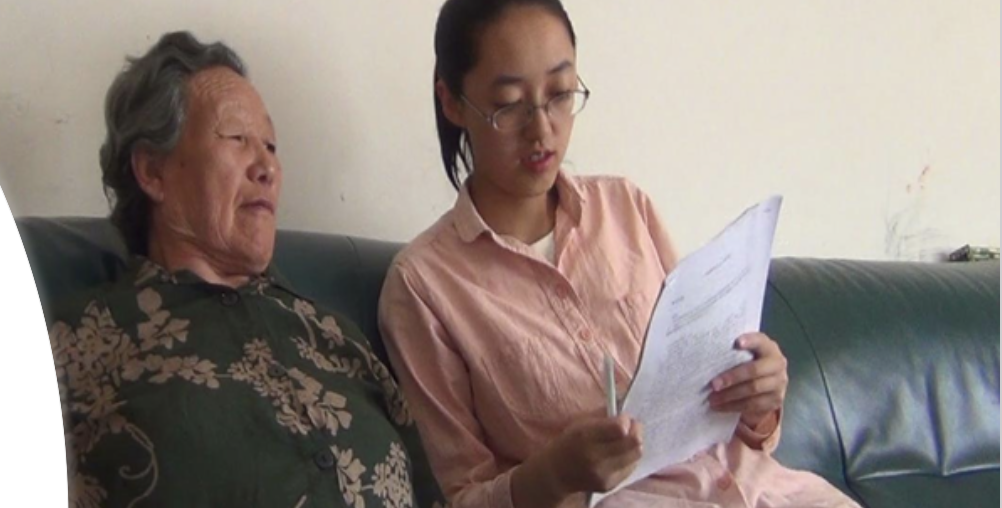
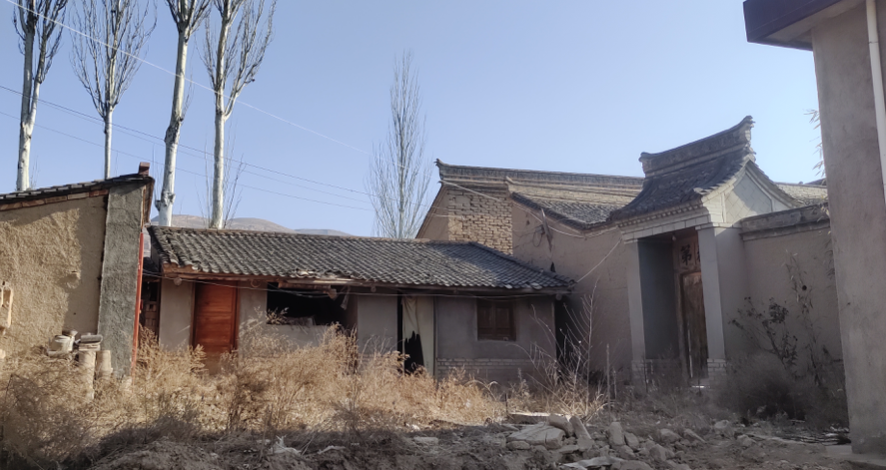
- Many people joined our program in unexpected ways. See Clara’s story.
Clara's Story
I was the tour guide for Faith’s group when they visited Jiuzhaigou in 2011. During their visit, I shared insights about the culture and traditions of the Tibetans who migrated there years ago. At one point, I mentioned to Faith that I had a lot of energy and desire but lacked an outlet to channel it. She immediately asked if I would be interested in volunteering for EEF to document the oral history of Tibetan people in Jiuzhaigou. Although I had no prior experience in such work, I recognized it as a great opportunity and immediately agreed.
Two members of the tour group—a professor of comparative literature and a neurosurgeon—generously provided financial support for the project. Later, Zhangyu was assigned to assist me, and together we worked on this project for nearly three years. In 2014, I had the honor of presenting my interview findings at the International Oral History Conference in Barcelona. Both Faith and the neurosurgeon, Jay Osgbury, were in the audience to cheer me on. This experience was one of the most significant and memorable of my life. I met with many Tibetans in my guiding job. “To this day, I still miss the cool thin air on highlands, blue cloudless sky, Tibetans’ innocent smile and bright eyes.” I understood them more through interviews in this project, from face to heart, from book to real life. “Their hearts full of simple goodness are shining like gold”.
Sanbuzha was my first interviewee. The interviews drew us closer. We became brother and sister. We don’t have chance to meet frequently after the interviews, but we both know if one needs, the other one will be there. I called him when writing this essay, knowing that he is praying in Langmu Tibetan Monastery, not far from his hometown. Because today is the Spring Lantern Festival, a good day to practising in Buddhism. Perhaps what we did everything to pursue is what they disdain, whereas what we forgot along the way is what they cherish most.
It was not only an oral history project. It helped me discover my potential and set me on the path toward achieving my dreams.
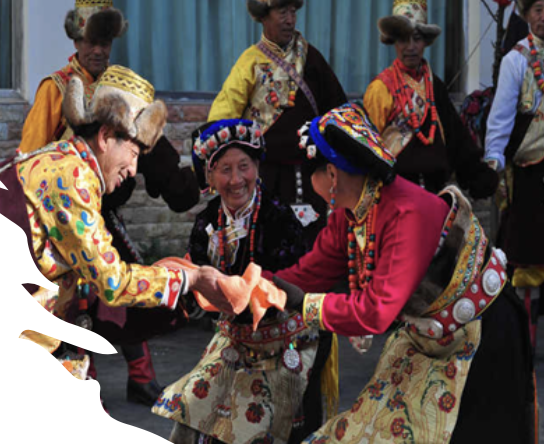
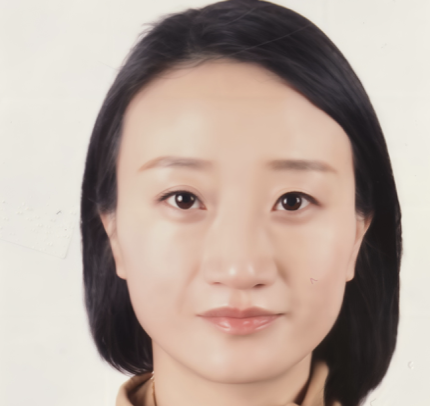
- Once involved in doing oral history ZHANG YU (EEF’s China program director 2009-2017) has made this her life's work.
Yu's Journey: The World of Oral History
In 2009, Gansu Tianzhu No. 1 High School sought to expand its student volunteer activities. Initially focusing on cleaning the local high school, the school decided to encourage students to engage with the elderly by listening to and recording their life stories, bringing them joy. This initiative inspired EEF to explore the field of oral history. In the blink of an eye, oral history has been a part of my life for 16 years. Reflecting on the scholars who helped us identify and refine our methods, connected us with the international oral history community, and facilitated the exchange of experiences, I am still filled with deep respect and gratitude.
Many secondary school teachers have been with us for years, and without realizing it, their hair has turned gray. Like us, these teachers seem to have recognized something special in oral history. A student who explored local wooden frame house and interviewed its builders in Shidian, Yunnan, once remarked, “Amid the monotony of high school studies, the most unforgettable moments were when our teacher took us out to conduct interviews. It felt fresh and joyful.” In Kaili, Guizhou, we asked a student what reward he wanted after interviewing his grandfather. He replied, “Now I often go to chat with my grandfather, and he says I’ve grown up. That’s enough for me.” One student’s parents, recognizing the value of their child learning about his grandfather’s challenging childhood, education, and 35-year career in mining, attended the oral interviews and assisted in clarifying mining-related terminology. Similarly, many mothers shared the challenges of working away from home and juggling gig jobs with their children, finding solace in sorting and reflecting on their experiences. Through these intimate exchanges, two generations jointly sorted through, reflecting on the life’s journeys, lighting their emotional bonds.
Oral history has also allowed me to visit unfamiliar places that have gradually become part of my spiritual home. In Chengyang Dong Village, Liu planted rice seedlings with us in the glutinous rice fields and shared the story of the sickle passed down from his father’s passing. Liu hadn’t been able to sharpen the sickle for a long time, as the vivid memory of his father doing so was too painful. On the Yongji Bridge, Old Yang the carpenter recounted the story of three generations of his family and their connection to the bridge—how his grandfather, as the village’s head donor, initially built it, and how his father, as the chief carpenter, repaired it. Each time the bridge was damaged by floods and rebuilt, it became a moment of unity for the village.
Every time I am moved by these stories, I am reminded that relationships between people are not defined by fixed elements like kinship, occupation, or geography. Instead, they are dynamic, fluid, rich, and nurturing. Through oral history, the companions on this journey—whether they are students’ families, local cultural practitioners, volunteers, scholars, or grassroots researchers—support and nourish one another, becoming researchers and witnesses of lives and society.

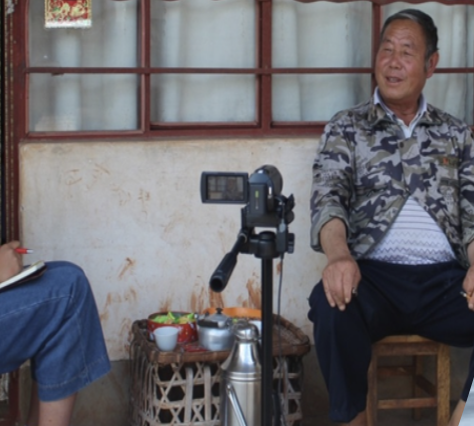
- See Faith Chao's (Founder and president of EEF from 2001-2007) story on how Family Stories was conceived.
Faith's Story: How Family Stories Came to Be
At a recent dinner gathering, I found myself seated next to the hostess, who shared her remarkable immigrant journey. She had come to the United States at the age of 12, and from then until she turned 18, she worked tirelessly in a sewing factory to save money for her education. Her determination and resilience eventually led her to earn a doctorate degree—a testament to her unwavering spirit.
Her story, so inspiring yet rooted in the everyday struggles of an ordinary woman, reminded me of something student Huang had written in her oral history report. Huang had participated in our small projects program, where she interviewed her grandmothers. Reflecting on the experience, she wrote, “If we overlook the stories and emotions of everyday people, the true essence of history will be lost.”
It was during that dinner, as I listened to my friend's story and recalled Huang's words, that I realized the profound importance of preserving the narratives of ordinary families within the Chinese Diaspora. These stories, though often untold, are the threads that weave together the fabric of our shared history. They carry the struggles, triumphs, and dreams of generations, and they deserve to be remembered.
And so, Family Stories was born—a project dedicated to recording and celebrating the lives of everyday families, ensuring their voices are heard and their legacies endure.
Our vision is for this to become a space where family stories are not only preserved but also evolve. As one family member interviews another, more relatives may join in, creating a ripple effect of storytelling. In this way, a rich and vibrant tapestry of their family history will be woven together.
Our guiding principle is that these interviews and other family records reflect the perspectives of the interviewees and their family. While the interview files are archived by EEF, the family—particularly the interviewee—retains control over who, aside from EEF staff, can access the files and under what circumstances.
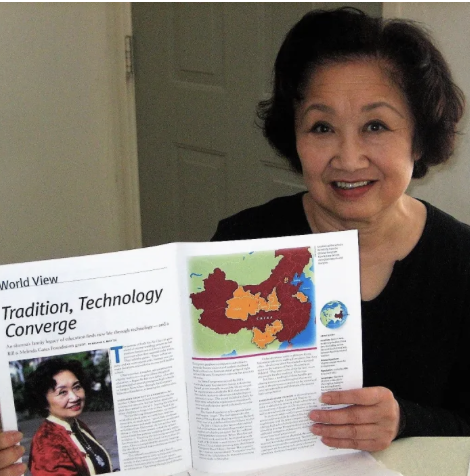
Faith Chao, founder of the Family Stories project.

